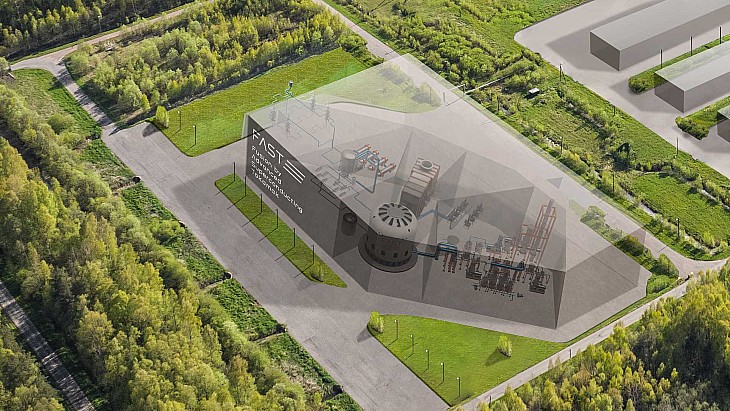The research, published in a Physics of Plasmas paper in July, traced the collapse to the 3D disordering of the strong magnetic fields used to contain the hot, charged plasma gas. "We proposed a novel way to understand the [disordered] field lines, which was usually ignored or poorly modelled in the previous studies," said Min-Gu Yoo, a post-doctoral researcher at PPPL and lead author of the paper.
Fusion is the process that powers the Sun and stars as hydrogen atoms fuse together to form helium, and matter is converted into energy. Capturing the process on Earth could create a clean, carbon-free and almost inexhaustible source of power to generate electricity, but comes with many engineering challenges: in stars, massive gravitational forces create the right conditions for fusion. On Earth those conditions are much harder to achieve.
Instead of the immense gravity that holds fusion reactions in place in celestial bodies, strong magnetic fields can be used in a facility known as a tokamak to confine the hot plasma in which the fusion reaction takes place. But in laboratory experiments, when magnetic field lines become disordered due to plasma instability the superhot plasma heat can rapidly escape confinement, damaging the tokamak.
"In the major disruption case, field lines become totally [disordered] like spaghetti and connect fast to the wall with very different lengths," said research physicist Weixing Wang, a co-author of the paper. "That brings enormous plasma thermal energy against the wall."
The PPPL team has investigated the 3D topology of the disarrayed field lines caused by turbulent instability to find that these form tiny "hills" and "valleys". Some particles become trapped in "valleys" and are unable to escape confinement, while others roll down the "hills" and impact the walls of the facility.
"The existence of these hills is responsible for the fast temperature collapse, the so-called thermal quench, as they allow more particles to escape to the tokamak wall," Yoo said. "What we showed in the paper is how to draw a good map for understanding the topology of the field lines. Without magnetic hills, most electrons would have been trapped and could not produce the thermal quench observed in experiments."
The research provides new physical insights into how the plasma loses its energy towards the wall when there are open magnetic field lines, and will help in finding innovative ways to mitigate or avoid thermal quenches and plasma disruptions in the future, Yoo said.

.jpg)



_82983.jpg)
_34792.jpg)
_16403_79272.jpg)


_76087_55556.jpg)



